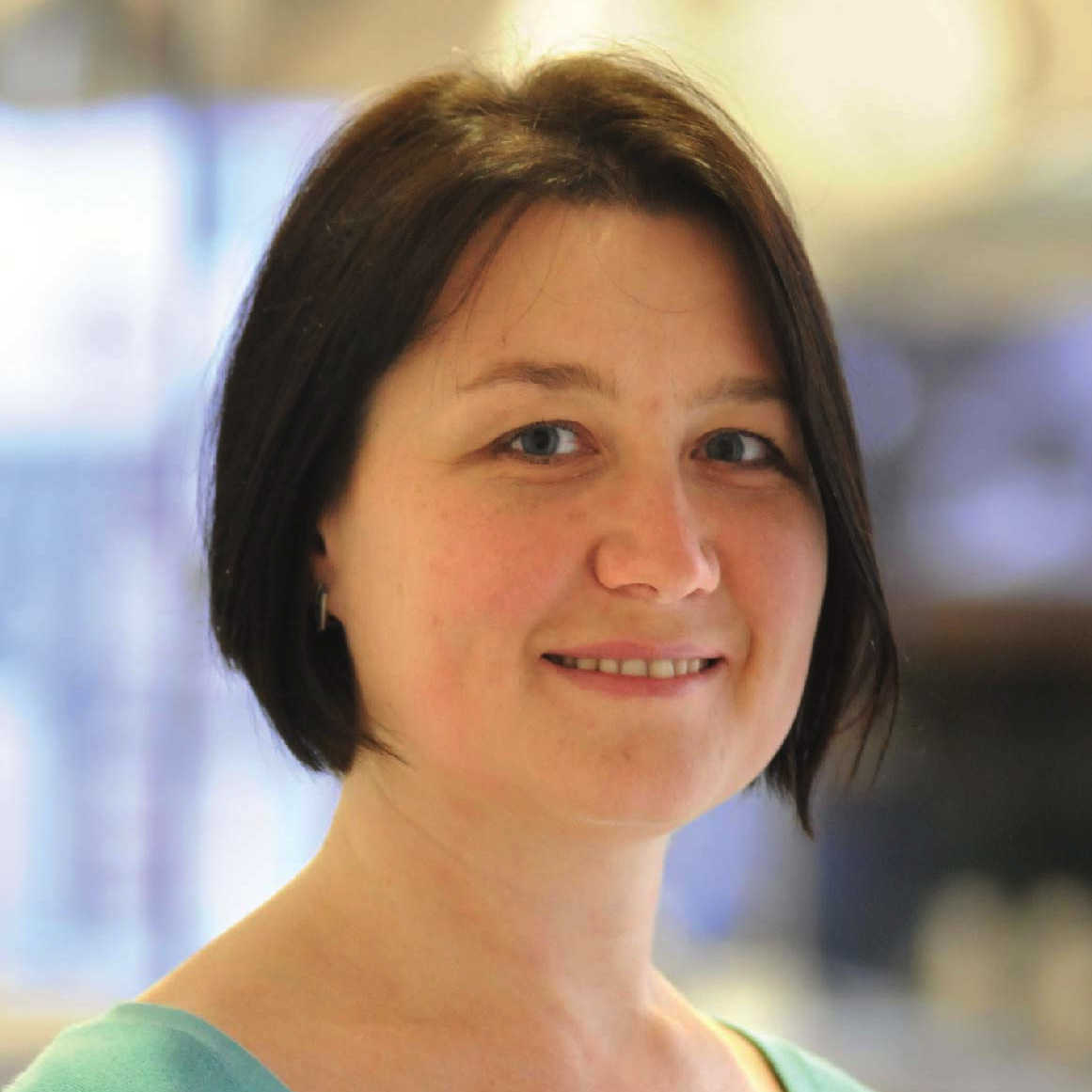OSA Short Course:
Functional Optical Imaging of Developmental Dynamics in vivo

Prof. Irina V. Larina
Molecular Physiology and Biophysics, Baylor College of Medicine Houston, USA
Early development is a highly dynamic process dependent on multiple highly orchestrated regulatory mechanisms. Investigation of these mechanism through advanced optical visualization and functional analysis provides valuable insight toward better management of congenital defects. This short course will describe optical imaging approaches used to investigate various questions in developmental biology using mouse as a mammalian model organism. Live imaging methods, such as vital fluorescence, multiphoton, second harmonic generation (SHG), light-sheet microscopy, and functional optical coherence tomography for investigation of early embryonic morphogenesis will be presented. The lectures will highlight latest advances in developmental biology due to innovations in optical imaging as well as technological challenges for future investigations.
The short course will be sub-divided into following parts:
- 1. Vital fluorescence microscopy for investigation of early development
- The lecture will first introduce the principle of using vital fluorescence reporters under control of regulatory elements to track cellular/subcellular dynamics and tissue development in vivo. An approach for live microscopic imaging of vital fluorescence reporters in static mouse embryo culture toward analysis of cardiovascular system will be presented. Advantages and limitations of confocal microscopy and light-sheet microscopy for embryonic cardiovascular imaging will be discussed.
- 2. Optical methods for biomechanical analysis of embryonic cardiodynamics
- Optical coherence tomography allows for fast dynamic imaging of tissues at cellular resolution without application of contrast agents or fluorescent probes; however, traditional OCT technology does not allow to capture the dynamics of the beating hear volumetrically a sufficient volume rate directly. Approaches for acquisition, synchronization, volumetric reconstruction, and dynamic analysis will be presented. Functional OCT methods, such as Doppler blood flow measurement, speckle variance analysis of vasculature, and 4D angiography for blood flow segmentation in the beating heart, will be presented. SHG imaging of cardiac collagen will be demonstrated as an approach to investigate cardiac morphogenesis and maturity. The use of optogenetic stimulation for regulation of cardiodynamics and future challenges in biomechanical analysis will be presented.
- 3. Functional optical coherence tomography for investigation of reproductive processes
- This part of the course will present an approach for dynamic imaging of reproductive events in vivo through an intravital dorsal imaging window using optical coherence tomography. Novel functional OCT methods for cilia and cilia beat frequency mapping and volumetric gamete tracking will be presented. Latest discoveries, future steps, and major technological challenges in optical imaging of reproductive processes in vivo will be discussed.
- Learning objectives
- This course will provide the participants with:
- basic understanding of using vital fluorescent reporters for live microscopic analysis;
- basic knowledge of modern state-of-the-art imaging methods in developmental biology; understanding the principal, advantages, and limitations of these methods;
- getting familiar with multiple functional OCT methods to characterize physiological processes through analysis of signal fluctuations;
- basic knowledge of current biological questions and technological challenges, toward future progress of this exciting multidisciplinary research area.
- Intended audience
- Undergraduate, Master and PhD students, postdoctoral trainees, and research scientists in the areas of physics, engineering and biomedicine.
- Course level
- Intermediate
- Short Course duration
- Half a day
- Instructor
- Dr. Irina V. Larina’s research focuses on development of novel methods for intravital, optical imaging in mouse models to understand normal development and the nature of congenital defects and reproductive disorders in humans. Dr. Larina is an Associate Professor at the Department of Molecular Physiology and Biophysics and a co-Director of the Optical Imaging and Vital Microscopy Core at the Baylor College of Medicine, Houston, USA. Dr. She received Masters Degree in Physics from the Saratov State University, Russia, in 1996, PhD degree in Physiology and Biophysics and Bioengineering from the University of Texas Medical Branch at Galveston in 2005, and completed postdoctoral training at the Baylor College of Medicine in Houston. She is a recipient of Arthur V. Simmang Academic Scholarship for Excellence in Academic Achievement, Ralph and Mary Spence Centennial Scholarship for Superior Academic Performance, High Personal and Professional Ethics, Values and Standards, Katherina Siebert Award for Excellence in Oncologic Research, Louis C. Sheppard Award, fellowship from the American Heart Association named in honor of Paula McCann-Harris, and a finalist for the Burrows Wellcome Fund Award at Scientific Interface. Dr. Larina is an author of over 50 peer-reviewed publications and 11 book chapters, and her research activities are funded by multiple grants from the National Institutes of Health.
-








